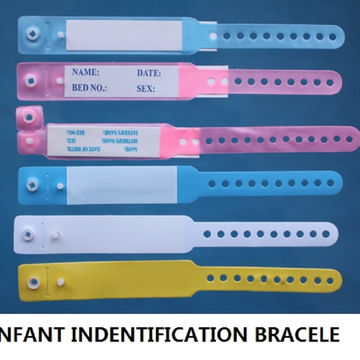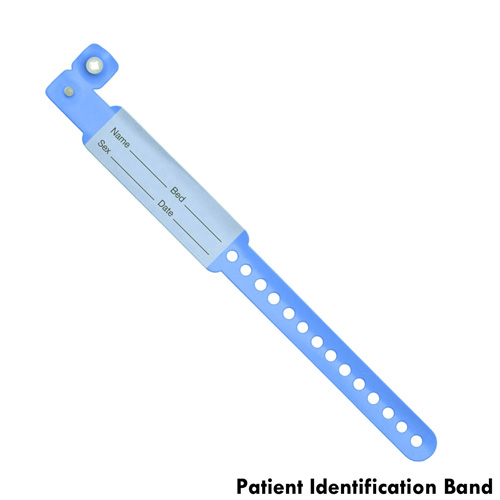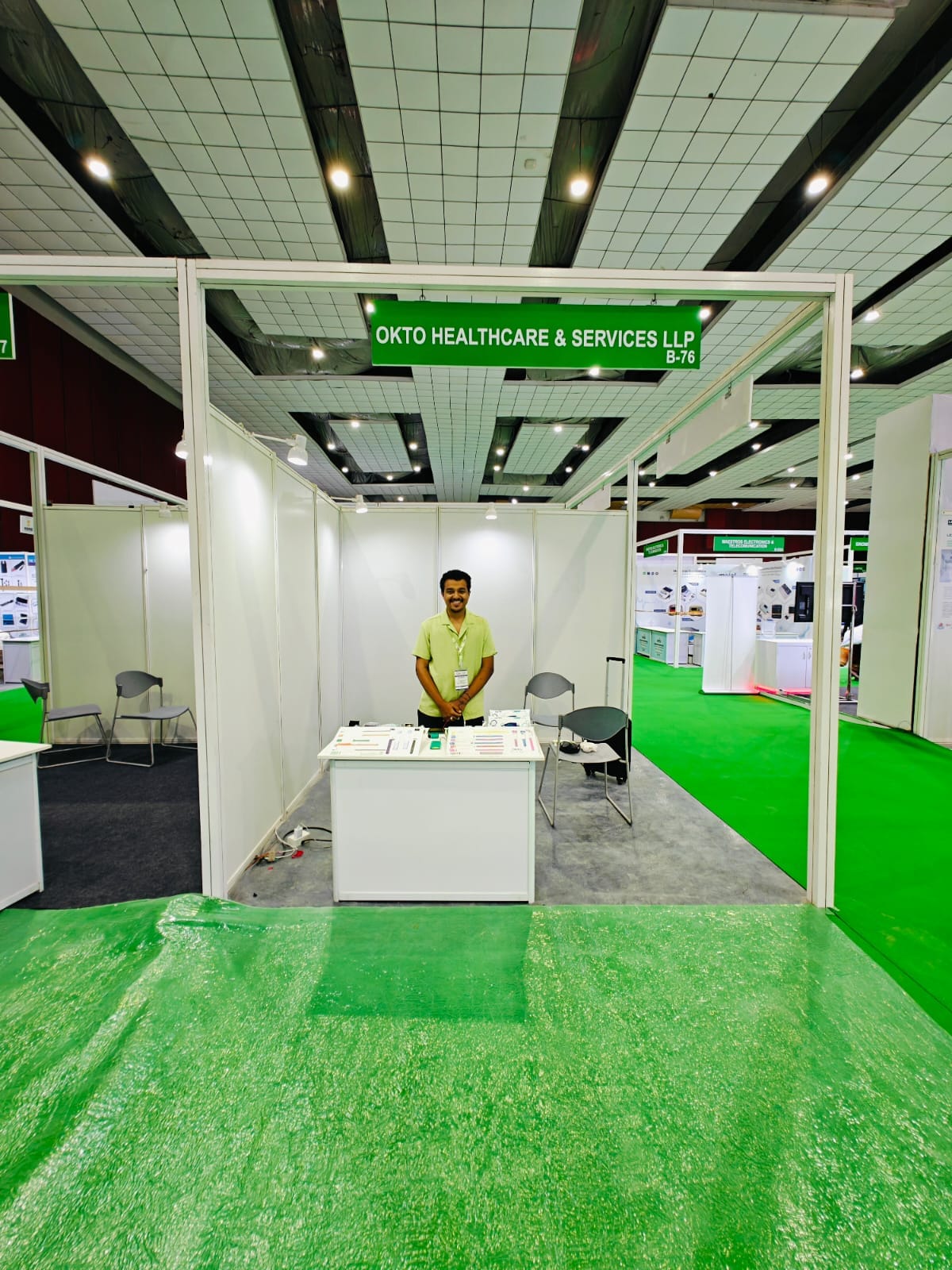Why Healthcare Facilities Pick Patient Identification Band for Reliable Patient Tracking
Why Healthcare Facilities Pick Patient Identification Band for Reliable Patient Tracking
Blog Article
Improving Patient Treatment With Effective Identification Bands
The application of effective recognition bands is a crucial component in improving patient treatment within medical care setups. These bands not only offer to minimize the threats connected with individual misidentification but likewise enhance communication amongst clinical workers, thereby cultivating a much safer setting. Different types of recognition bands deal with particular needs, from durable wristbands for adults to specialized bands for babies and vital situations. As the landscape of client recognition advances, one should think about the ramifications of these systems on total healthcare shipment and patient results. What technologies await in this essential area?
Value of Person Identification
Guaranteeing precise client recognition is vital in medical care settings, as it directly impacts the safety and security and top quality of treatment given. Misidentification can cause significant mistakes, consisting of carrying out the wrong medicine, executing wrong treatments, or miscommunicating important person details. Such mistakes not only threaten patient safety yet can additionally lead to lawful implications and reduced count on healthcare systems.
Effective client identification is basic to developing a safe and secure atmosphere where clients receive customized and suitable treatment. It helps with the accurate documents of case histories, allergic reactions, and treatment plans, making certain that doctor have access to necessary details in all times. Durable recognition methods aid improve interaction among clinical team, enhancing partnership and reducing the risk of mistakes.

Sorts Of Identification Bands
Recognition bands play a critical duty in preserving exact client documents and enhancing safety and security within health care settings. Various kinds of identification bands are made use of to satisfy the certain demands and demands of various client populaces.

One more type is the ankle joint band, which is particularly helpful for newborns and babies, ensuring that recognition continues to be undamaged also during treatment procedures. Specialized bands, such as those for allergy signals or fall threat indicators, provide added layers of safety by drawing immediate interest to crucial person conditions.
Recently, electronic recognition bands have actually obtained appeal, incorporating barcodes or RFID technology that can be checked to promptly retrieve person data. These bands improve process and decrease the risk of human mistake throughout person identification processes.
Benefits of Reliable Recognition
Effective identification of clients via making use of identification bands contributes substantially to general person security and care high quality. By making certain that each person is accurately determined, doctor can properly match medical treatments and procedures to the correct individual, lessening the risk of errors. This is specifically essential in settings with high patient turnover, where the potential for misidentification is better.
In addition, reliable recognition bands enhance interaction amongst health care teams. Accurate and clear patient identification promotes partnership and guarantees that all team participants know an individual's certain needs and case history. This communication is crucial for supplying collaborated care, especially in emergency situation situations where time is critical.

Eventually, efficient identification with making use of identification bands not only safeguards clients but also promotes a culture of safety within medical care centers (Patient Identification Band). By prioritizing accurate recognition, health care organizations can boost outcomes and boost the general individual experience
Executing Identification Equipments
While the significance of client identification is well recognized, the implementation of durable recognition systems positions a complicated challenge for medical care companies. Developing reliable recognition systems needs a comprehensive approach, incorporating modern technology, personnel training, and process assimilation.
First, companies have to select suitable identification technologies, such as barcode scanning, RFID, or biometric systems. Patient Identification Band. These modern technologies ought to be assessed based on cost, use, and compatibility with existing facilities. A pilot program can aid determine possible issues prior to full-scale application
Following, thorough training for team is vital. All employees must recognize the significance of exact patient recognition and be proficient in the usage of the picked innovations. Normal training updates and assessments can strengthen ideal methods and make certain continued conformity.
Furthermore, healthcare companies should establish standard treatments for individual identification throughout all departments, enhancing and reducing disparities interaction. Regular audits can help determine voids in adherence to these protocols.

Inevitably, an effective application of recognition systems not just boosts patient safety however likewise promotes a society of liability and diligence within health care setups, guaranteeing article dependable and regular individual care.
Future Trends in Patient Identification
Advancements in modern technology are set to transform client identification techniques in medical care setups. The combination of biometric identification approaches, such as fingerprinting and facial recognition, is expected to enhance precision and protection. These technologies can dramatically reduce the threat of misidentification, making sure that people obtain the appropriate treatments and drugs.
Additionally, the implementation of blockchain technology for person records is gaining grip. This decentralized technique can supply a tamper-proof and safe and secure technique for managing individual identities, thereby enhancing access to essential information throughout different doctor.
One more pattern is the increasing use mobile health applications that take advantage of QR codes for patient identification. These applications enable for real-time updates and easy access to person data, empowering healthcare experts to make informed decisions quickly.
Furthermore, expert system (AI) is positioned to play a key function in analyzing individual recognition data, determining patterns, and anticipating potential identification mistakes prior to check over here they take place.
As these technologies advance, they guarantee not just to boost patient safety but also to enhance the overall efficiency of healthcare shipment systems. Embracing these advancements will be critical for future-proofing patient care methods.
Final Thought
In verdict, reliable recognition bands are important for improving individual safety and security and care quality within healthcare settings. By decreasing the threats linked with misidentification, these bands facilitate accurate and timely information access, ultimately boosting communication amongst doctor. The implementation of robust recognition systems not just promotes a culture of safety and security however additionally positions healthcare institutions to adjust to future patterns in person identification modern technology, making sure optimal outcomes for patients in varied medical environments.
As the landscape of individual recognition advances, one must think about the ramifications of these systems on overall healthcare shipment and individual results.Effective person recognition is basic to developing a protected setting where people get customized and suitable care. Inevitably, focusing on efficient person identification strategies not only fosters a society of safety however also contributes to enhanced client outcomes and general complete satisfaction with healthcare services.
Effective recognition of patients with the use of identification bands adds significantly check my reference to overall person safety and security and care quality. The execution of durable recognition systems not only promotes a society of security but likewise settings healthcare establishments to adapt to future patterns in person recognition technology, making sure optimal results for clients in diverse scientific settings.
Report this page